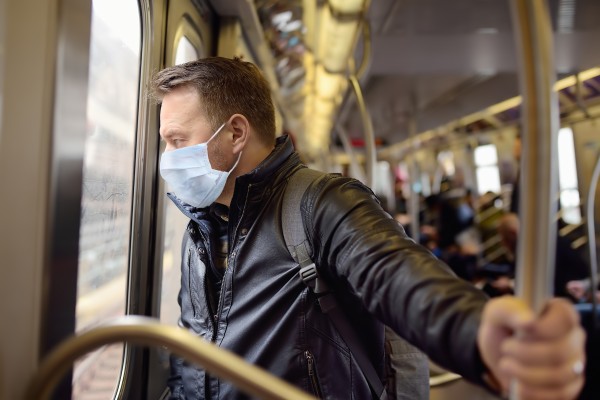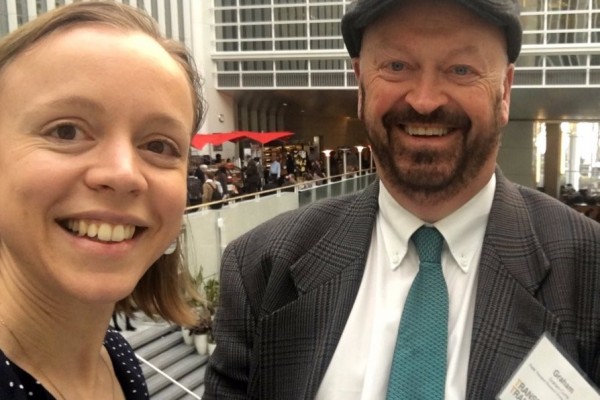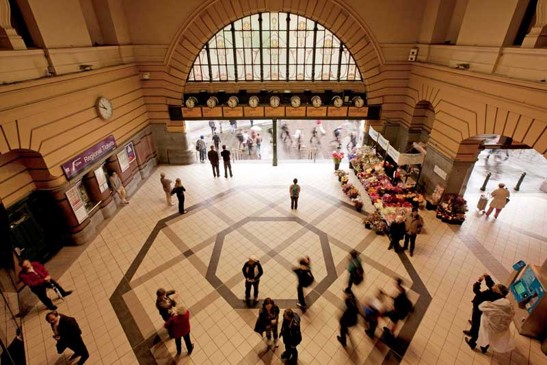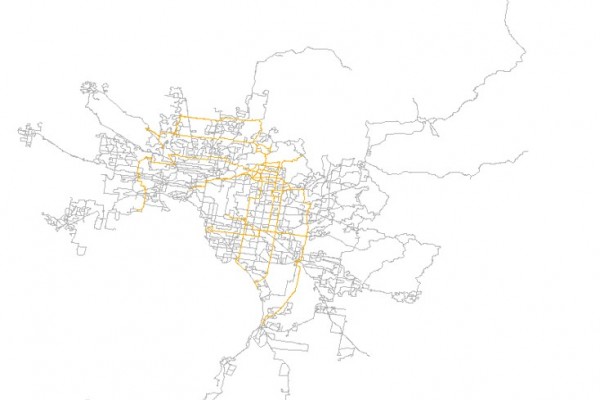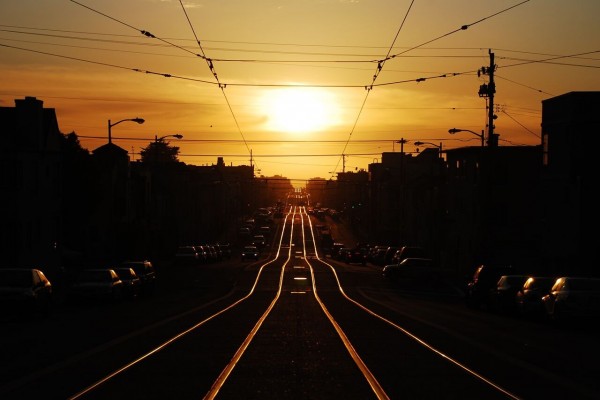[vc_column animation="none" bg_color="" bg_image="" column_padding="no-padding" column_center="" text_color="dark" custom_text_color="" text_align="left"... read more →
[vc_column animation="none" bg_color="" bg_image="" column_padding="no-padding" column_center="" text_color="dark" custom_text_color=""... read more →
COVID-19 has created a global impact on travel as cities shutdown to avoid contamination. Its impact on public transport is enormous as travel demand has almost vanished and safety remains a... read more →
[vc_column animation="none" bg_color="" bg_image="" column_padding="no-padding" column_center="" text_color="dark" custom_text_color="" text_align="left"... read more →
[vc_column animation="fade-in" bg_color="" bg_image="" column_padding="padding-2" column_center="true" text_color="dark"... read more →
Growth in urban populations, and the associated demand for access to goods, amenities and employment, is placing increasing pressure on urban transportation networks. This has reinvigorated interest in urban public... read more →
Increasing public transport ridership is now a common worldwide strategy for growing cities facing the economic, social and environmental problems of increasing traffic congestion. While much is understood about... read more →
One of the most pervasive problems in Australian public transport network design is the issue of servicing large low density suburban areas using expensive fixed route bus resources. There is... read more →
Melbourne’s tram system is undergoing a strategic modernisation program including redesign of over 1,000 tram stops and a rethinking of corridor streetscape designs in order to improve both tram... read more →
Preferential treatment for buses and trams can optimise the use of road space, particularly during periods of peak demand. However, transit priority can have impacts that are undesirable to other... read more →


